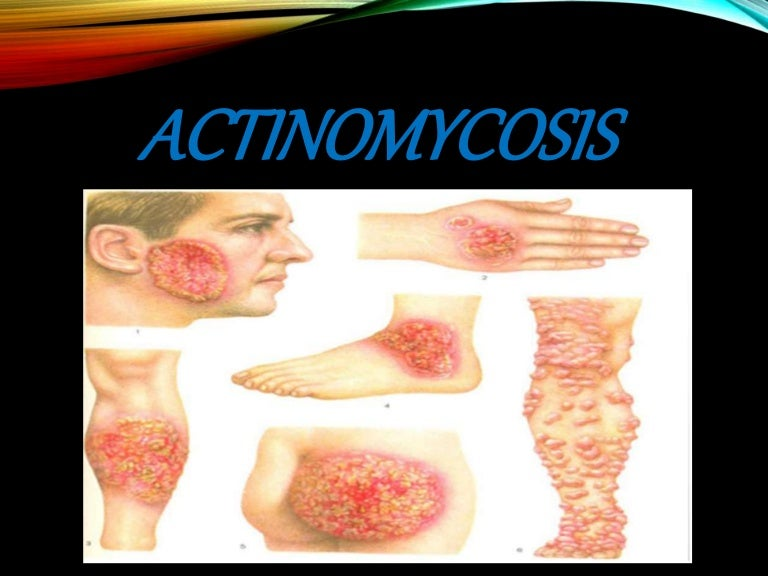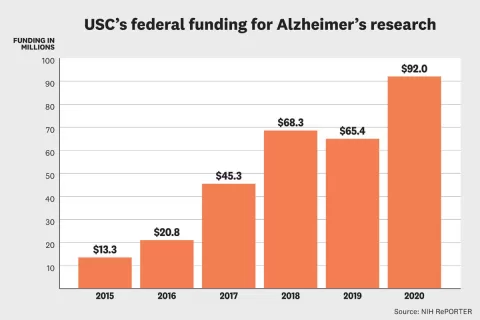**Actinomycosis** is a serious and chronic bacterial infection primarily caused by the bacterium **Actinomyces israelii**. This condition can significantly impact both humans and livestock, with cattle being particularly vulnerable to its effects. Understanding actinomycosis is essential, as recognizing its symptoms, causes, and treatment options can lead to better management of this infection. Commonly presenting as abscesses and chronic localized lesions, actinomycosis can be mistaken for other diseases, making early diagnosis crucial. In cattle, it is often referred to as “lumpy jaw,” highlighting the need for awareness of **Actinomycosis symptoms**, effective **treatment** options, and preventive measures.
Actinomycosis, often classified as an anaerobic bacterial infection, is primarily linked to the **Actinomyces** genus, particularly **Actinomyces israelii**. This infection manifests through a range of symptoms, including chronic abscess formation that can complicate diagnosis. In agricultural settings, it is notably recognized as **lumpy jaw**, a condition that affects cattle and leads to significant economic losses due to decreased productivity. The **causes of actinomycosis** often stem from trauma or surgical interventions that allow these normally benign bacteria to become opportunistic pathogens. Effective **actinomycosis treatment** typically involves antibiotic therapy and, in severe cases, surgical intervention to manage the infection.
Understanding Actinomycosis: An Overview
Actinomycosis is a chronic bacterial infection that is primarily caused by the bacterium Actinomyces israelii. This infection tends to occur in individuals with compromised immune systems or following surgical procedures that disrupt normal anatomical barriers. Actinomyces bacteria are typically found in the mouth and gastrointestinal tract, where they exist harmlessly. However, when these bacteria gain access to deeper tissues, especially following trauma or surgery, they can lead to opportunistic infections. The disease can affect various parts of the body, including the face, neck, and chest, presenting a unique challenge for healthcare professionals.
The condition is not limited to humans; it is also significant in cattle, where it manifests as lumpy jaw. This form of actinomycosis in livestock is characterized by extensive jaw bone infections that can lead to severe complications and economic losses for farmers. Understanding the nature of actinomycosis in both humans and animals is crucial for effective diagnosis and treatment, as well as for implementing preventive measures.
Common Symptoms of Actinomycosis
Symptoms of actinomycosis can vary widely depending on the location and severity of the infection. In humans, chronic localized lesions often occur, manifesting as abscesses that may discharge pus through multiple draining sinuses. These lesions can be painful and lead to significant discomfort for the individual. Additionally, systemic symptoms such as fever, weight loss, and night sweats may occur, further complicating the diagnosis as they can mimic other diseases like tuberculosis.
In cattle, actinomycosis presents predominantly as lumpy jaw, where farmers may notice swelling of the jaw alongside difficulty in eating. The foul smell emanating from the mouth is often a telltale sign of necrotizing tissue, highlighting the need for prompt veterinary intervention. Recognizing these symptoms early is pivotal for both human and animal health, as timely diagnosis can lead to more effective management of the infection.
Causes and Risk Factors of Actinomycosis
Actinomycosis is primarily caused by the Actinomyces species, with Actinomyces israelii being the most common pathogen in humans. The bacteria thrive in anaerobic environments, which are abundant in the oral cavity and gastrointestinal tract. Risk factors for developing actinomycosis include poor oral hygiene, recent dental procedures, and trauma to the mucous membranes that may allow these normally harmless bacteria to enter deeper tissues.
In livestock, particularly cattle, the risk of lumpy jaw is often associated with rough feed that can cause trauma to the mouth and jaw area. This creates an entry point for Actinomyces bovis, leading to significant inflammatory changes. Understanding these causes and risk factors can aid in the development of preventive strategies, ensuring better health outcomes for both humans and animals.
Effective Treatment Options for Actinomycosis
The treatment of actinomycosis typically involves the use of antibiotics, with penicillin being the most commonly prescribed medication for human cases. In some instances, alternative antibiotics such as tetracycline or doxycycline may be utilized, especially in patients who show resistance to penicillin. In chronic cases or those with extensive tissue involvement, surgical intervention may be necessary to remove necrotic tissues and drain abscesses, ensuring that the infection does not persist.
For cattle suffering from lumpy jaw, treatment strategies mirror those used for humans, incorporating antibiotic therapy and, where necessary, surgical procedures to manage severe infections effectively. Antibiotics help control the bacterial infection, while surgical intervention addresses significant tissue damage. Raising awareness about treatment options is critical for both veterinary practices and human healthcare providers to ensure that actinomycosis is managed effectively.
Preventive Measures Against Actinomycosis
Preventing actinomycosis involves a combination of good personal hygiene practices and careful management in livestock settings. For humans, maintaining proper oral hygiene is essential as poor dental care can lead to infections. Regular dental check-ups and prompt attention to oral health issues can significantly reduce the risk of developing actinomycosis. Additionally, avoiding unnecessary surgical procedures can help minimize infection risks.
In the context of cattle, good husbandry practices play a crucial role in preventing actinomycosis. Providing a safe feeding environment, minimizing trauma to the jaw, and ensuring regular veterinary care can help prevent the development of lumpy jaw. Implementing these preventive measures is vital for safeguarding the health of both humans and animals, thereby reducing the incidence of actinomycosis.
Frequently Asked Questions
What are the common symptoms of Actinomycosis?
Common symptoms of actinomycosis include chronic localized lesions or abscesses that can drain pus, systemic symptoms that may mimic other diseases like tuberculosis, and in cattle, a notable condition known as lumpy jaw, characterized by swelling and pain in the jaw area.
What causes Actinomycosis and how does Actinomyces israelii contribute?
Actinomycosis is primarily caused by the bacterium Actinomyces israelii, which can become pathogenic under certain conditions such as trauma or surgery. Other species like Actinomyces viscosus can also lead to infections, particularly thriving in the mouth and gastrointestinal tract.
What treatment options are available for Actinomycosis?
Treatment for actinomycosis typically involves antibiotics, with penicillin being the most common choice. In severe cases or when abscesses form, surgical intervention may be necessary to drain the infected areas and remove necrotic tissue.
How is lumpy jaw in cattle related to Actinomycosis?
Lumpy jaw in cattle is a manifestation of actinomycosis, caused by infections from Actinomyces bovis. This condition leads to chronic inflammation of the jaw bones, resulting in swelling, pain, and difficulty in feeding, significantly affecting the livestock’s health and productivity.
What preventive measures can be taken against Actinomycosis?
Preventive measures for actinomycosis include maintaining good oral hygiene in humans to prevent infections and implementing good husbandry practices in cattle, such as minimizing trauma to the jaw, regular veterinary check-ups, and prompt treatment of dental issues.
| Aspect | Details |
|---|---|
| Definition | Actinomycosis is a chronic bacterial infection primarily caused by Actinomyces israelii. |
| Symptoms | Common symptoms include chronic localized lesions, systemic symptoms, and in cattle, notable signs like lumpy jaw. |
| Causes | Caused mainly by Actinomyces israelii, it can also involve Actinomyces viscosus. Risk factors include surgery or trauma. |
| Diagnosis | Diagnosis is made through clinical examination and laboratory tests, including cultures and imaging. |
| Treatment | Treatment typically involves antibiotics like penicillin and may require surgical intervention for severe cases. |
| Prevention | Prevention focuses on good oral hygiene for humans and proper husbandry practices for livestock. |
Summary
Actinomycosis is a chronic bacterial infection that poses significant health risks to both humans and livestock. Understanding its symptoms, causes, and treatment options is essential for effective management. Early detection and appropriate treatment can mitigate the risks associated with actinomycosis, making it crucial for individuals and farmers to stay informed and proactive in their approaches to prevention and care.
The content provided on this blog (e.g., symptom descriptions, health tips, or general advice) is for informational purposes only and is not a substitute for professional medical advice, diagnosis, or treatment. Always seek the guidance of your physician or other qualified healthcare provider with any questions you may have regarding a medical condition. Never disregard professional medical advice or delay seeking it because of something you have read on this website. If you believe you may have a medical emergency, call your doctor or emergency services immediately. Reliance on any information provided by this blog is solely at your own risk.








